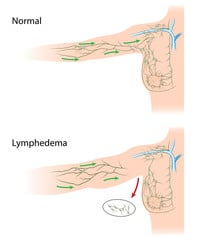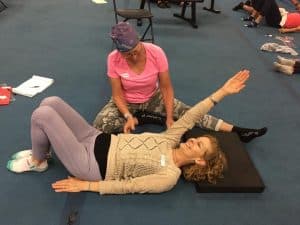How Can Exercise Help Someone Recover From a Mastectomy?
Exercise can play a crucial role in aiding the recovery process after a mastectomy (surgical removal of the breast). It’s important to note that the type and intensity of exercise should be tailored by a CETI Cancer Exercise Specialist to the individual’s specific condition, overall health, and medical advice. Always consult with a healthcare professional before starting any exercise regimen after a mastectomy. Here’s how exercise can help with recovery:



Pain Management: Controlled and appropriate exercise can help manage post-surgery pain. Engaging in regular low-impact activities can stimulate the release of endorphins, which are natural pain-relieving hormones.






Remember, the recovery process after a mastectomy varies for each individual. Always consult a CETI Cancer Exercise Specialist before starting any exercise program, as they can provide personalized advice based on your medical history, surgery type, and overall health. A CETI Cancer Exercise Specialist can help design a safe and effective exercise plan tailored to your needs.
